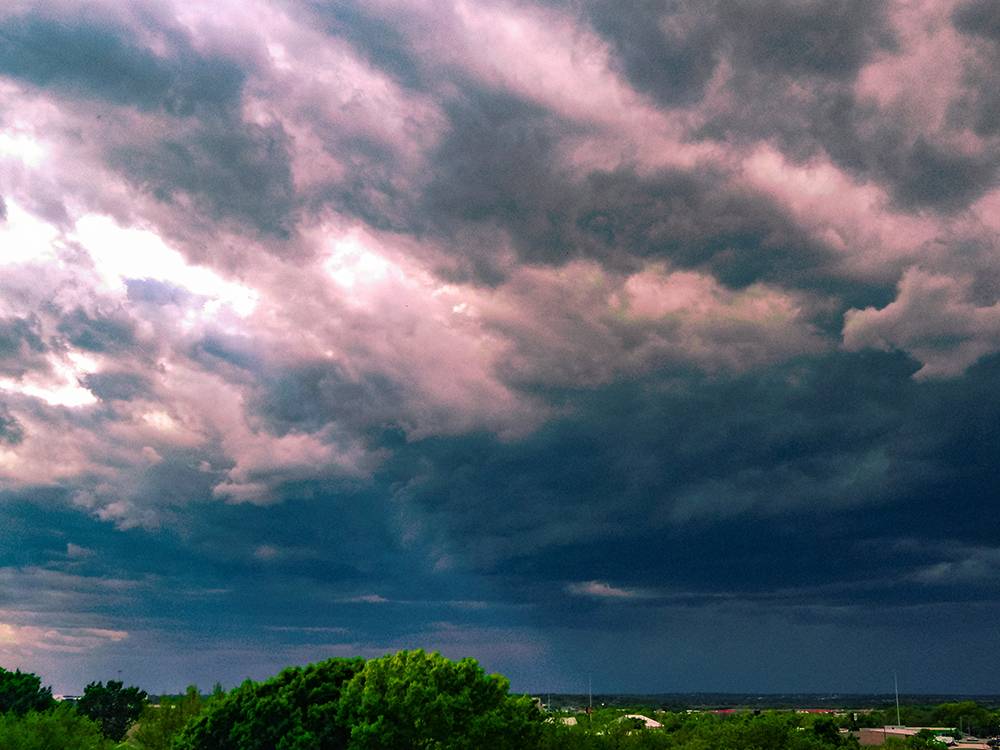Editor's Note | Summer Reading

Editor’s Note
Summer Reading
William Jensen
My oldest daughter says she wants to read 100 books this summer. It’s ambitious. I’m proud she’s swinging for the fences. Of course, not every book on her list, which remains a work-in-progress, is daunting. She has novellas, graphic novels, books she has previously read, as well as classics, poetry, and nonfiction. Her baby sister says she wants to read ninety books this summer, but her mother and I have convinced her to aim closer to twenty. I’m trying to help them with their lists, making suggestions, leaving paperbacks on their beds when they’re away. I have hope.
Watching my daughters navigate their summer reading list, I find myself nostalgic for my youthful reading campaigns when the days were long and warm and seemingly endless. I cannot recall a specific year where my reading tastes changed, but I remember stacking books in my room and planning and plotting to work my way through them before September. I doubt I ever read 100% of what was on my list, but it was the goal that was so exciting. I couldn’t wait until I’d read my books about mummies, pirates, and boys who had amazing adventures full of magic, danger, and fantasy. The library books needed to be read first since those had to be returned. I feared and anticipated the more “grown-up” books on my list, in which there was always one or two. I remember trying to read one of my father’s spy novels and finding it dull. Another summer I tried a crime-thriller book (also Dad’s) that captivated me with its action. The violence was intense. I read in the back seat on road trips, while camping in dark forests, and sprawled on my grandmother’s couch in the heat of August. Summer days were packed with journeys—both literal and literary.
These days I don’t have a reading list as much as I have an endless “to read” pile on my nightstand, but I envy my daughters’ time-constrained reading goals. There is something about making a list and finishing it. I am sure some adults do this regardless of the season, but I doubt it has the same energy or drive we had when we were young and gifted those sunfilled weeks when there was nothing but friendship, swimming, bicycles, building forts, catching butterflies, and, of course, reading.
Do you have a reading list this summer?
If you’re looking for books, this issue of Texas Books in Review can help. John Perryman gives his thoughts on Mr. Texas by Lawrence Wright, and James Wade visits the world of Larry McMurtry with his review of Pastures of the Empty Page: Fellow Writers on the Life and Legacy of Larry McMurtry. If you like thrills, Jim Sanderson digs into May Cobb’s latest novel, A Likeable Woman. If you prefer poetry, Joshua Bridgwater Hamilton explores Level Land: Poems For and About the I35 Corridor. If history is more your thing, this issue examines E.R. Bills’s Tell-Tale Texas: Investigation into Infamous History. We also have reviews of The Lifeguards, Queering the Border: Essays by Emma Perez, and the novel 39: Your Last birthday.
Texas Books in Review is pro summer and pro summer-reading lists.
All of us here at The Center for the Study of the Southwest look forward to catching up our reading, too. This spring we sponsored a Southwestern Studies Undergraduate Research Conference, a celebration and dialogue for the book Indigenous Borderlands, edited by Joaquin Rivaya-Martinez, and discussed water, land and power with Dr. Danielle Purifoy, Dr. Louise Seamster, Dr. Jayson Porter, and Dr. Annette Rodriguez. Dr. Elisa Camiscioli visited to discuss migrant French sex workers in 20th century Texas. The artist Hope Mora also opened their exhibition Pecos this semester, which evoked the rhythms of small-town West Texas life. In other words, the days and weeks were crammed with excitement!
Now we look forward to a quiet summer—a time to regroup, rest, and prepare for so much more this fall. We hope to read some amazing books. We hope you have a healthy reading list waiting for you, too.
